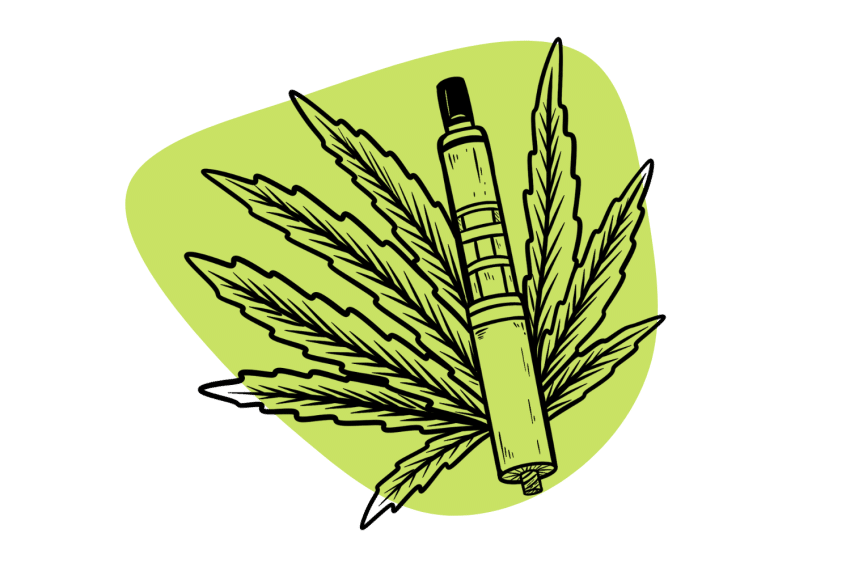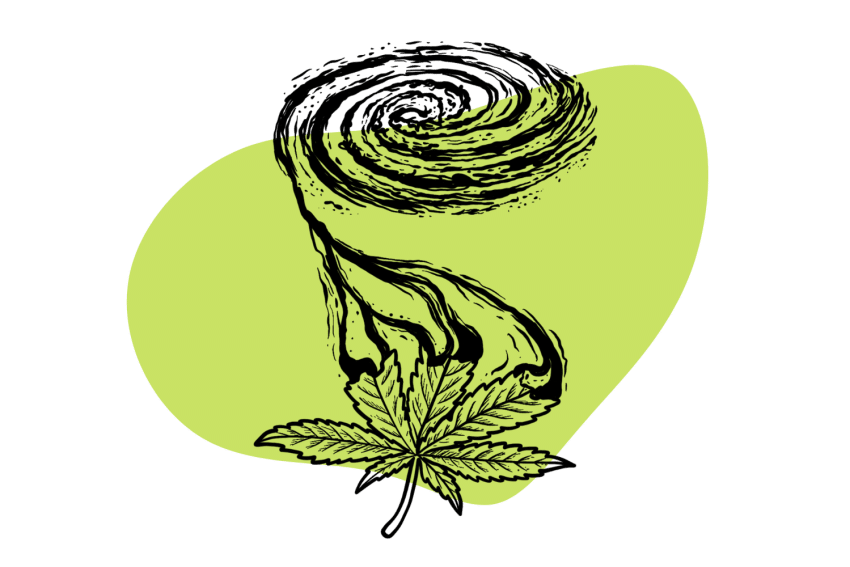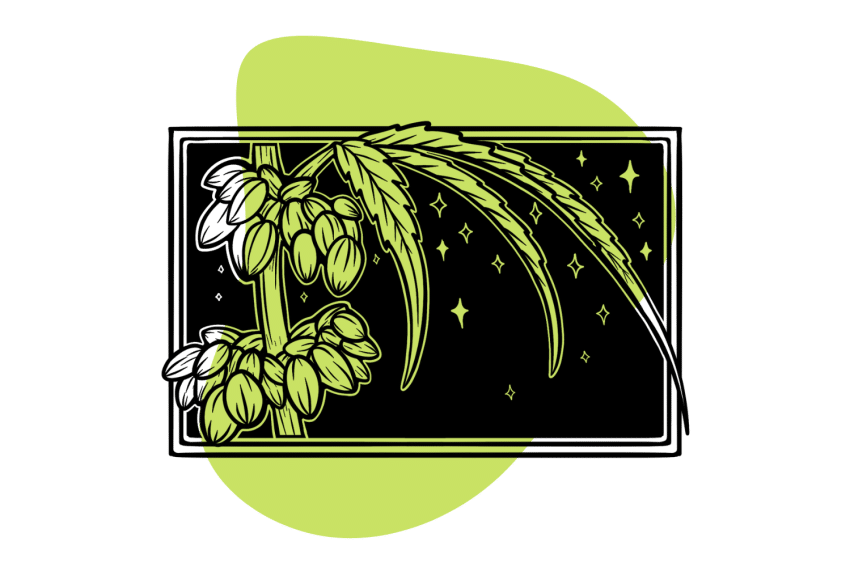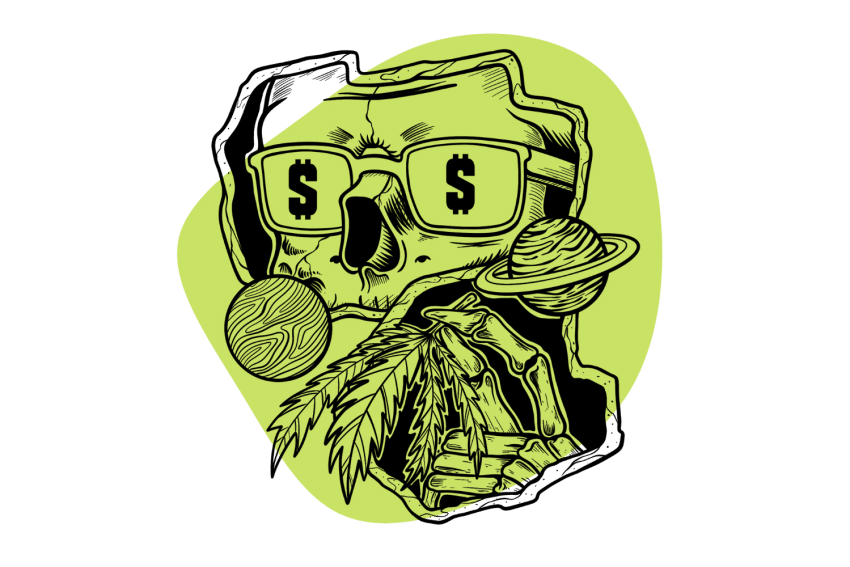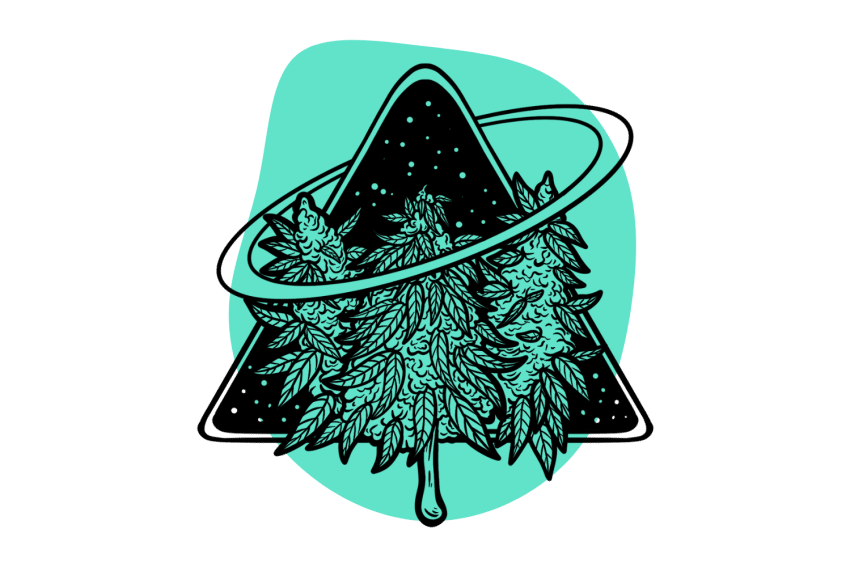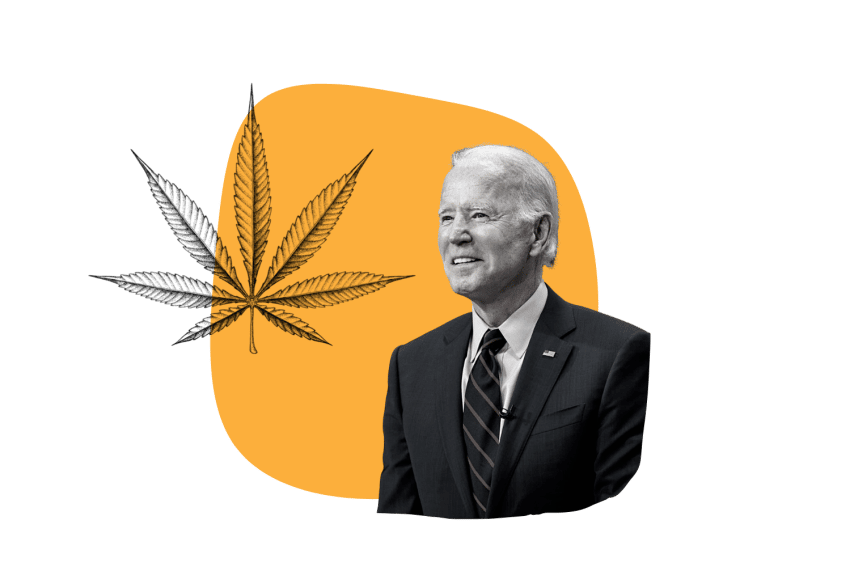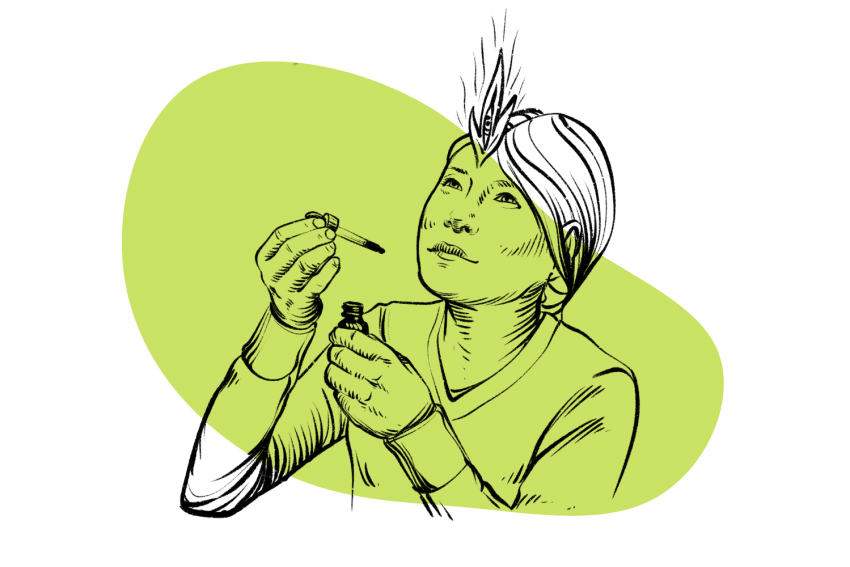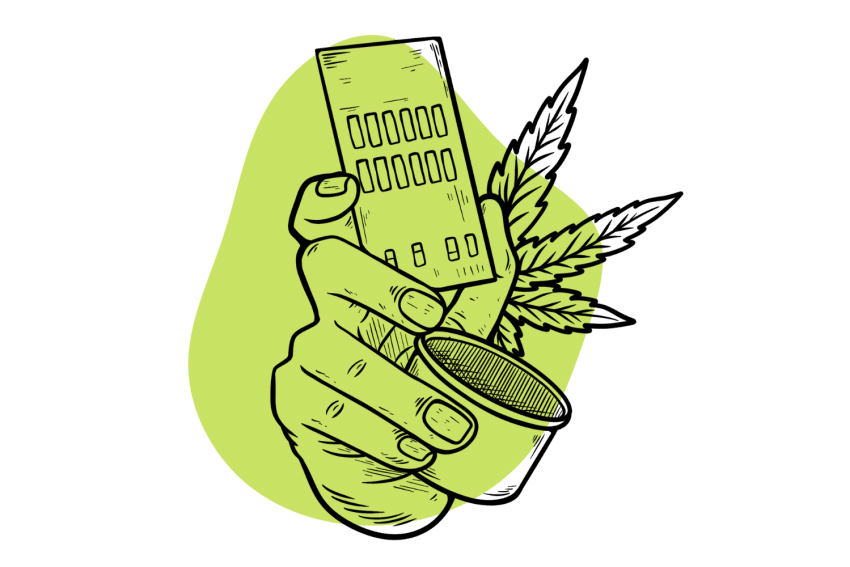Who Discovered Weed? The History of Cannabis, In a Nutshell
Honestly? No one knows who discovered weed, but here’s a look at its history.
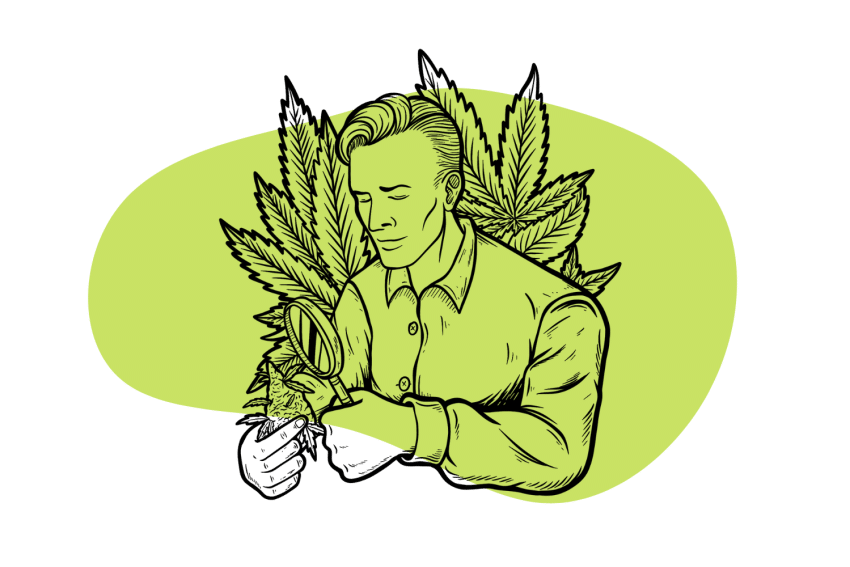
The first mentions of weed date so far back that it’s impossible to know for certain who discovered it. However, we do know this: humans have cultivated weed since at least the early Neolithic period [1].
Prior to that, wild cannabis extended from Europe to East Asia but was still unknown to humans. Everything changed when indigenous peoples in the land between the Caucasus and China began extracting and cultivating wild cannabis seeds.
Archaeologists have found ancient evidence of weed use dating back to 8000 BCE throughout China, Korea, and Japan. This evidence mainly consists of hemp fibers — which people used to produce textiles and paper [3].
Some evidence suggests that the people of Central Asia or Western China were early pioneers in actually consuming marijuana as medicine. Chinese emperor Shen Nung was the first to categorize cannabis around 2800 B.C. [1].
Shen Nung was the second mythical emperor of China and the father of Chinese medicine. His book ‘Shen Nong Ben Cao Jing’ is full of insights into agriculture and recipes for medicinal plants and briefly describes cannabis [2]. Shen Nung is famous for cataloging over 365 species of therapeutic plants that he personally tested.
However, there’s another civilization to challenge the title for the first medicinal users of cannabis. In the Ebers papyrus, Egyptian scribes mention the use of weed to treat inflammatory conditions [2].
What Were the First Uses of Weed?
At first, weed was just another plant growing in the wild — but as centuries passed, it became an important crop for many civilizations. However, the psychoactive effects weren’t yet known, so the value of the herb mainly lay in its fiber.
Fiber for Clothes
Weed fiber is strong and durable, and soon, people found different uses for it. As a result, if you visited Korea or China around 3000 BCE, you would have found clothes and shoes made of weed fiber [4]. The seeds also served as a source of vegetable oil and proteins.
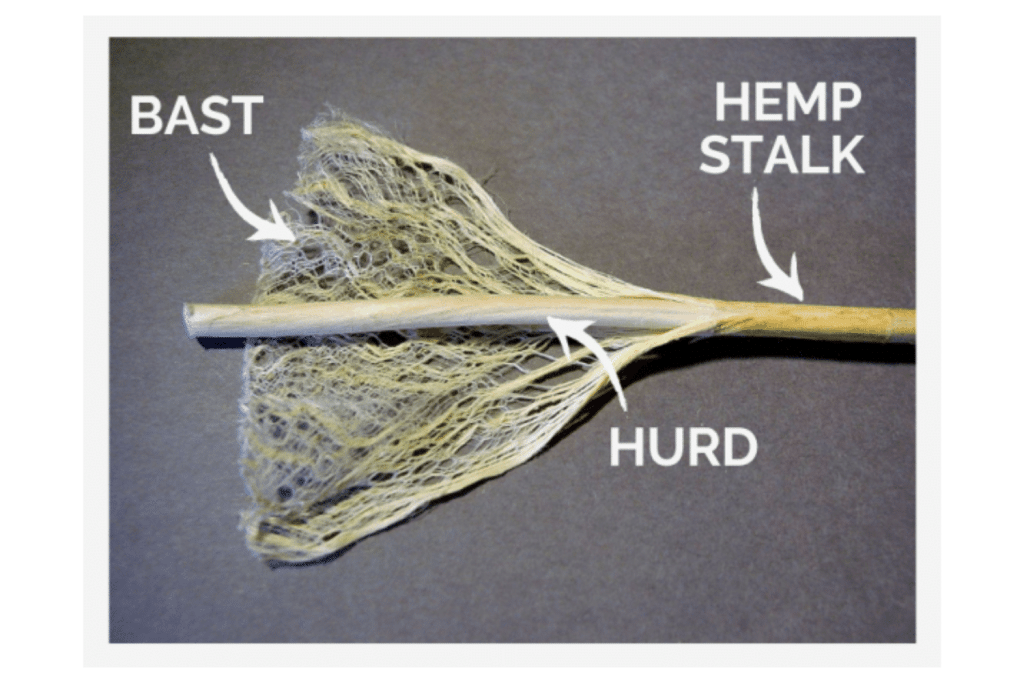
Medicine
Afterward (and as mentioned before), physicians in Egypt and China discovered that cannabis had curative properties, with the Assyrians later using it to treat depression [2]. The Classic Greeks then got this knowledge from the Egyptians, which was passed on to the Romans.
Religious Purposes
By now, you may be wondering, “But what about the psychoactive effects?” Well, eventually, people discovered that weed had mind-altering properties. We don’t know precisely how or when it happened, but it probably occurred between the 8th and 4th centuries BCE [5].
Initially, it was only used in religious rituals, as people considered it a sacred plant. That’s what happened in India and Tibet — weed became associated with Hinduism and Buddhism, and people used it to meditate and communicate with the spirit world [4].
Moreover, another example of the psychoactive effects of weed comes from Herodotus himself. This famous Greek historian reckoned that the Scythians, a nomadic people who lived by the Black Sea, used weed as part of a burial ritual.
Herodotus wrote that, in a particular part of the ritual, the Scythians threw hemp seeds on hot stones and that the fragrant smoke “delighted” the participants [2]. While it’s not fully explicit, the account notes that the “delightful smoke” wasn’t ordinary.
Later on, more early scientists and physicians would keep researching the psychoactive effects of weed — but that’s for another time.
How Did Weed Spread Across the Globe?
Now that you know how weed became known and its ancient uses, it’s time to examine how it spread to the rest of the world.
Weed In Asia
As locals cultivated the first weed crops in northern China, the plant became just another exchangeable good. Therefore, as the Silk Road established itself as the main commerce route to the Far East, domesticated weed began spreading [6].
It reached Siberia and India around 1000 BCE and soon started growing there too. In India, as I mentioned before, it became a sacred plant.
Weed In Europe
The Silk Road passing through the Middle East meant that cannabis would eventually reach Europe. The Greeks were the first to come into contact with the plant, which soon spread to Italy and Scandinavia and even reached the British Isles [6].
However, it wasn’t until the 19th century that William Brooke O’Shaughnessy published his studies on the differences between European hemp and East Asian cannabis [2].
Weed In Africa
While documents describe weed existing in Africa since the 16th century, it likely reached the continent much earlier [6]. Egypt knew enough of the herb to mention it in a medical papyrus circa 1500 BCE — so it was likely there for centuries before that.
Archaeologists discovered traces of cannabis in Morocco and Ethiopia, so it must have reached those places through Egypt or along coastal trade routes [3].
Weed In the Americas
Columbus brought weed to the New World on his revolutionary first voyage, and Spanish colonists started farming weed in 1545. Meanwhile, the British did the same in the early 17th century [3].
Moreover, African slaves brought cannabis to Brazil, where it became known as the “poor’s opium” due to its low price. Weed was also a strategic crop due to its fiber’s use for ship sails and ropes, so ship crews would also carry seeds [6].
Cultivating weed fiber became a successful business in the US, but that came to an end once the various anti-weed acts came into effect during the 20th century. Luckily, that started to change in the last few decades.
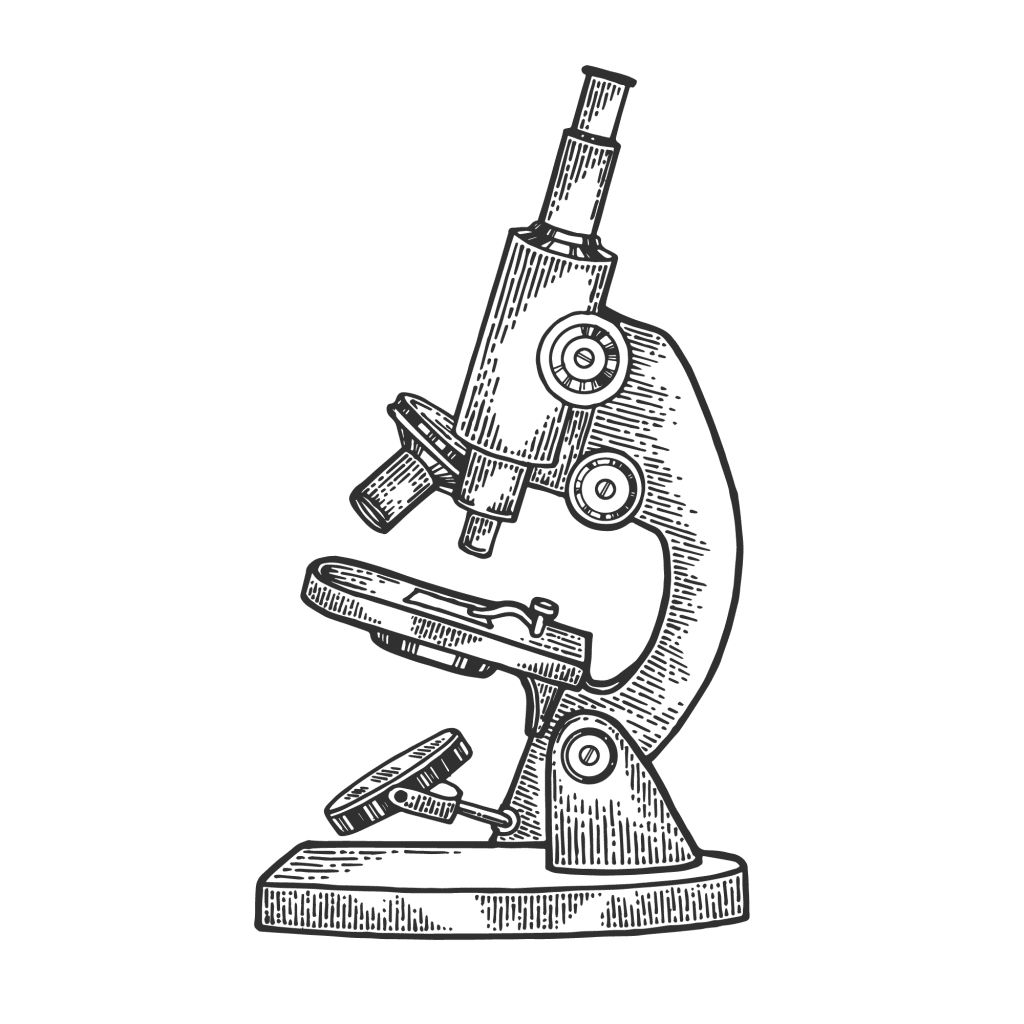
Who Discovered THC & CBD?
THC, or tetrahydrocannabinol, was discovered in 1964 by a team led by Israeli researcher Raphael Mechoulam (1930–2023) [7]. Many scientists consider him to be the father of cannabis research, as he devoted a significant part of his life to studying weed.
Besides discovering THC in 1964, he and his team also discovered over 120 cannabinoids and countless other non-cannabinoid compounds [8]. Moreover, he also found the endocannabinoid system and how it regulates many critical bodily and mental processes.
CBD, or cannabidiol, was discovered in 1940 by American chemist Roger Adams (1889–1971) after being asked by the US Bureau of Narcotics to identify the substance that made weed “intoxicating.” Instead, he discovered CBN and CBD and prepared the groundwork that would help Mechoulam discover THC 24 years later [9].
FAQs: Cannabis History
Here’s a little more history regarding weed.
1. Where does the name “weed” come from?
While its origin is unknown, most suspect the name comes from locoweed (crazyweed) — a Mexican plant harmful to livestock. The 1913 bill that banned cannabis used “weed” to refer to both locoweed and cannabis, so the word likely stuck from there.
2. What was the first thing used to smoke weed?
Bongs. In 2013, archaeologists discovered a gold bong dated to 1000 CE, which contained traces of opium and weed, likely used by a high-ranking official.
3. When did joints become popular?
Joints became popular in the 1800s, first used as medicinal cigarettes for ailments like chest pain. Later on, people began to use them for recreation and relaxation.
References
- Rull, V. (2022). Origin, early expansion, domestication and anthropogenic diffusion of Cannabis, with emphasis on Europe and the Iberian Peninsula. Perspectives in Plant Ecology, Evolution and Systematics, 55, 125670.
- Crocq, M. A. (2022). History of cannabis and the endocannabinoid system. Dialogues in clinical neuroscience.
- Simiyu, D. C., Jang, J. H., & Lee, O. R. (2022). Understanding Cannabis sativa L.: current status of propagation, use, legalization, and haploid-inducer-mediated genetic engineering. Plants, 11(9), 1236.
- Bonini, S. A., Premoli, M., Tambaro, S., Kumar, A., Maccarinelli, G., Memo, M., & Mastinu, A. (2018). Cannabis sativa: A comprehensive ethnopharmacological review of a medicinal plant with a long history. Journal of ethnopharmacology, 227, 300-315.
- Ren, M., Tang, Z., Wu, X., Spengler, R., Jiang, H., Yang, Y., & Boivin, N. (2019). The origins of cannabis smoking: Chemical residue evidence from the first millennium BCE in the Pamirs. Science advances, 5(6), eaaw1391.
- ElSohly, M. A. (Ed.). (2023). Cannabis Chemistry and Biology: Fundamentals. Walter de Gruyter GmbH & Co KG.
- Crippa, J. A. S., Guimarães, F. S., Zuardi, A. W., & Hallak, J. E. (2023). Dr. Raphael Mechoulam, cannabis and cannabinoids research pioneer (November 5, 1930–March 9, 2023) and his legacy for Brazilian pharmacology. Brazilian Journal of Psychiatry, 45(3), 201.
- Maccarrone, M. (2022). Tribute to Professor Raphael Mechoulam, The Founder of Cannabinoid and Endocannabinoid Research. Molecules, 27(1), 323.
- Appendino, G. (2020). The early history of cannabinoid research. Rendiconti Lincei. Scienze Fisiche e Naturali, 31(4), 919-929.

